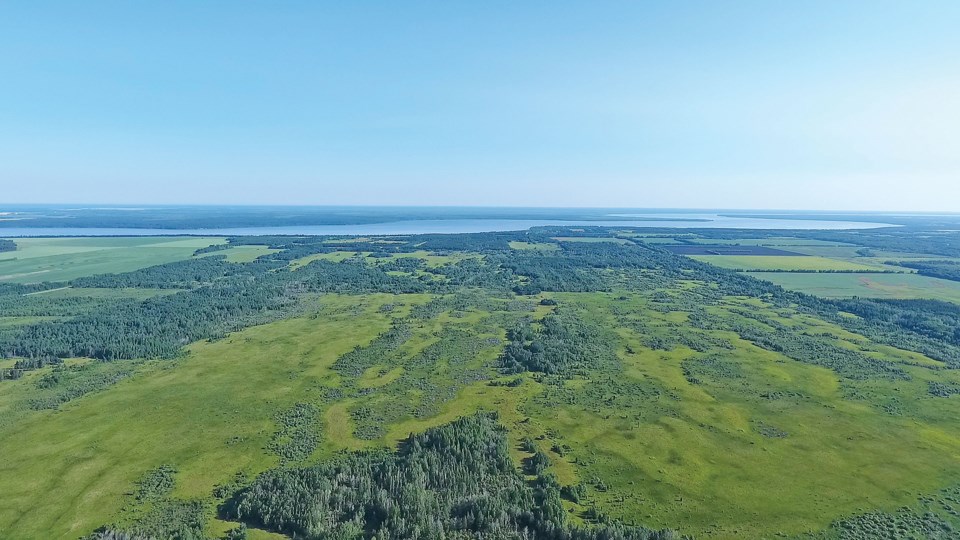Investing in Prairie farmland is a relatively new concept. Until a decade ago very few people bought farmland in Saskatchewan, Manitoba or Alberta for investment purposes, and active farmers owned almost all of the land. The reason for the low number of investors was that profit margins on farms were small and appreciation of the land was slow.
Around 2010 farmers, especially in Saskatchewan, started to see exponentially larger margins, and this drove farmland values up. Not only did they move up, they started to ascend at a breathtaking rate of 19 per cent to 29 per cent annually for the next several years. Investors were quick to react and buyers around the globe were flocking to Saskatchewan like a gold rush.
In a province with a population of only 1.1 million where farmers have owned and operated the land for generations, this change in the landscape made people take notice. Opinions are varied, but most people accept that this is the next chapter in farming’s history.
As a realtor specializing in farmland sales, my role is to educate buyers, find them a strong tenant, put them in touch with farm lenders if required, connect them with a lawyer if required and protect them as they move through the process.
Investors tell me that they invest in farmland because it is a safe investment that is easy to manage. Typically, investors lock in a three-to-five-year lease agreement and receive two payments a year from the tenant. When the lease expires, they renegotiate a higher rate and continue. There is consistent demand from tenants for good-quality farmland.
Not all investors qualify under provincial law to own Saskatchewan farmland. The Saskatchewan Farm Land Security Board has begun to change regulations as to who can own Saskatchewan farmland. The first regulatory change stopped pension plans from purchasing land. In Saskatchewan you need to be either a Canadian citizen or a Canadian resident to purchase farmland, but the Farm Land Security Board recently further regulated this to ensure that the funds used to purchase the land come from a Canadian source. Example: the money could not come from a bank account outside of Canada.
In 2019 trade barriers with China and India, coupled with poor Prairie weather, started to slow the market down. While the market remains strong, we have moved into a balanced market, which is allowing buyers to finally have a little more clout when purchasing farmland.
Typically, investors lock in a three-to-five-year lease agreement and receive two payments a year from the tenant.
Farmland values: Value per acre of farmland and buildings as of July 1, 2019, according to Statistics Canada: Manitoba: $2,112; Saskatchewan, $1.454; Alberta, $2.638; British Columbia, $5,763.
Ted Cawkwell is an agriculture specialist with Re/Max Saskatoon. Visit: cawkwellgroup.com



